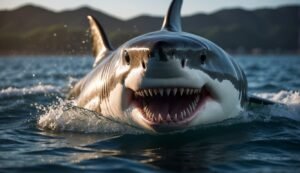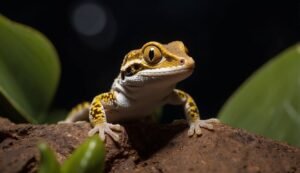Stingray Spectacle: Hovering Below the Surface

Fascinating sea creatures with flattened bodies, venomous spines, and advanced sensory systems that belong to the class of cartilaginous fish.
Animal behavior, conservation, and studies related to different species, including their social habits, intelligence, and interactions with humans and the environment.

Fascinating sea creatures with flattened bodies, venomous spines, and advanced sensory systems that belong to the class of cartilaginous fish.

Elephants can live up to 60-70 years in the wild, but only about 21 years in captivity, with diet, habitat, and care playing crucial roles.

Connecting ancient theropods to modern birds through the discovery of fossils like Archaeopteryx showcases the evolutionary relationship between these species.

Fish utilize osmoregulation to manage hydration based on their environment, with freshwater fish preventing dilution and saltwater fish regulating against dehydration.
Hilton Head Island, known for its beautiful beaches and rich marine life, has had instances of shark activity, like anywhere else where humans and these aquatic predators share the waters.

Bats use echolocation to navigate and hunt in darkness by emitting sounds and listening for echoes to detect, localize, and classify targets.

Mosquitoes are the deadliest animals to humans, spreading diseases like malaria, dengue fever, Zika virus, West Nile virus, and yellow fever.

Great white sharks, apex predators of the ocean, captivate with their impressive hunting skills and often misunderstood nature.

The impala is a fascinating and athletic antelope with incredible jumping abilities and a rich history, playing a vital role in African ecosystems and human observation.

Geckos are small to medium-sized reptiles with diverse attributes, adapting to various habitats worldwide, showcasing unique physical features, and fascinating behaviors.